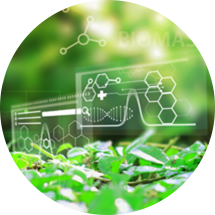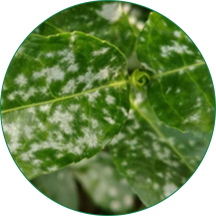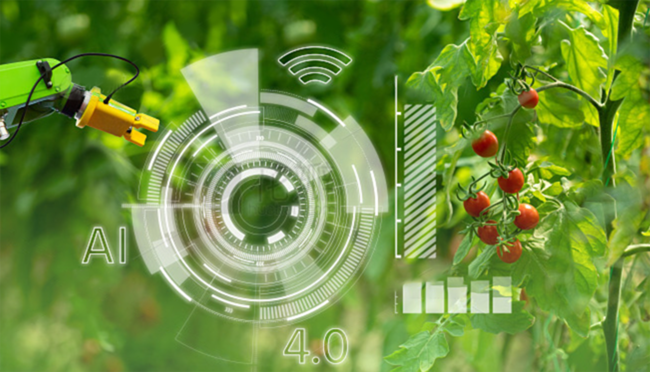


Advantages of a multimodal approach
In plant disease diagnosis, multimodal methods combining image and text reports show significant advantages. This method can not only identify the disease more accurately, but also provide more comprehensive diagnostic information.
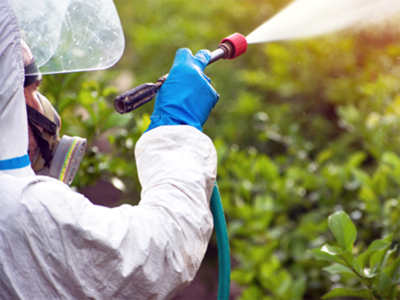
Improvements in early detection
This method has not only been verified in medical diagnosis, but also provides a better solution for the early detection of plant diseases. With multimodal data fusion, we can identify problems earlier and take action, thereby reducing damage to crops.
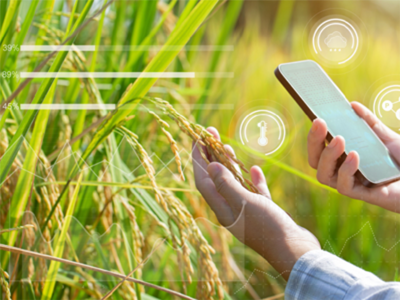
Solve the problem of single mode
Similar to advances in smart medicine, solving the problem of single modality in plant disease recognition requires the development of multimodal techniques capable of generating text descriptions. This not only improves diagnostic accuracy, but also provides researchers and farmers with more detailed disease information.




